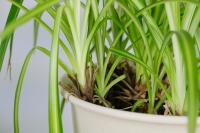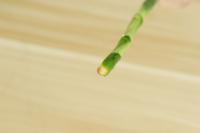1、 Scale insects
It is prone to various pests during its growth. If it is a scale insect, it mainly endangers the leaves, which will turn yellow and die. The color of pests is yellowish brown or purplish brown, and will secrete white and transparent mucus. When it is found, it is necessary to spray drugs, dilute Omethoate or malathion, cut off the leaves of the long insects and destroy them
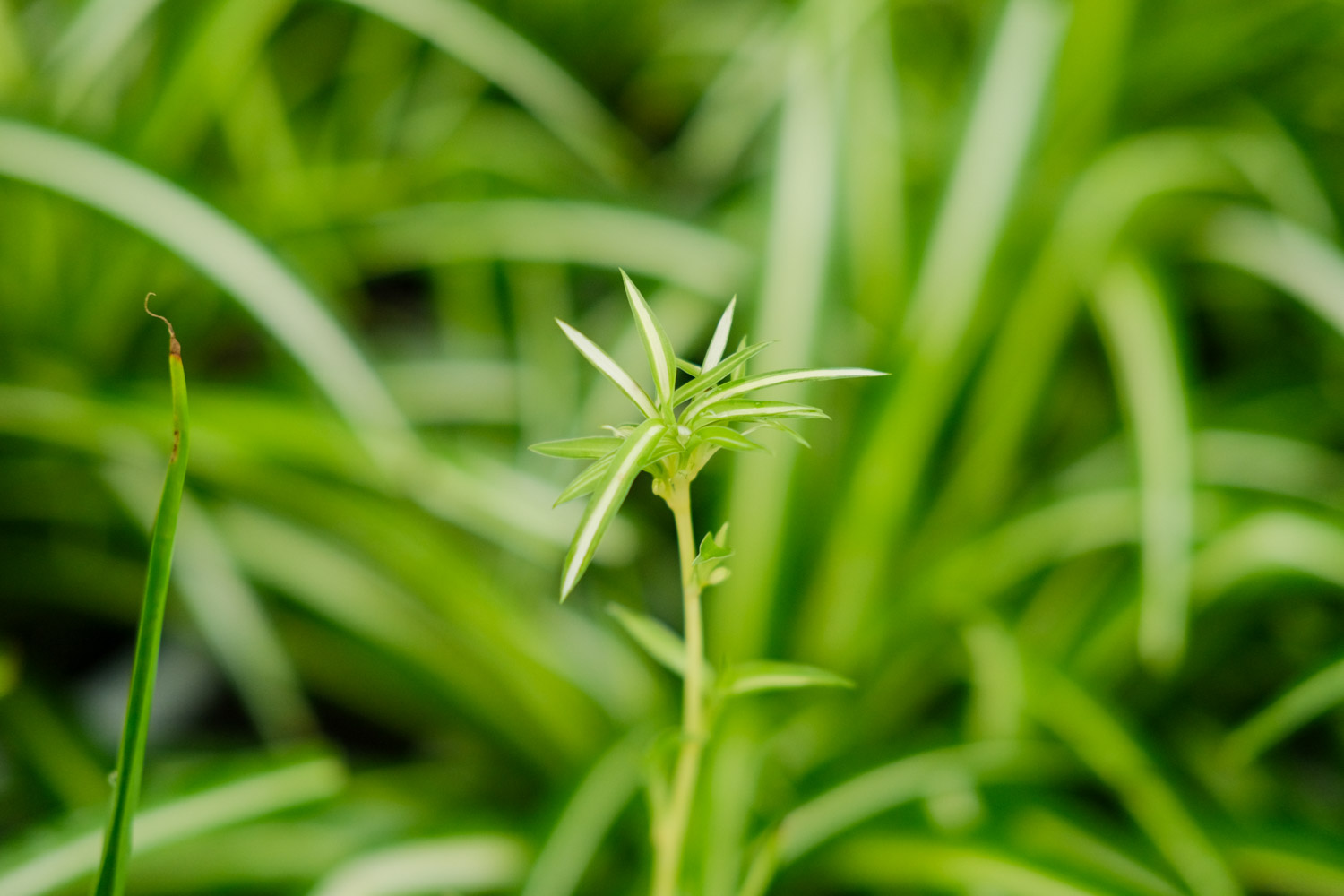
2、 Nematode
Nematode is also a common pest, which will harm the leaves, resulting in yellow leaves, dry leaves and slow plant growth. Apply carbofuran granules once, cover 10 cm thick soil after spraying, and then pour water once, which can be eliminated soon. This method can target a variety of pests
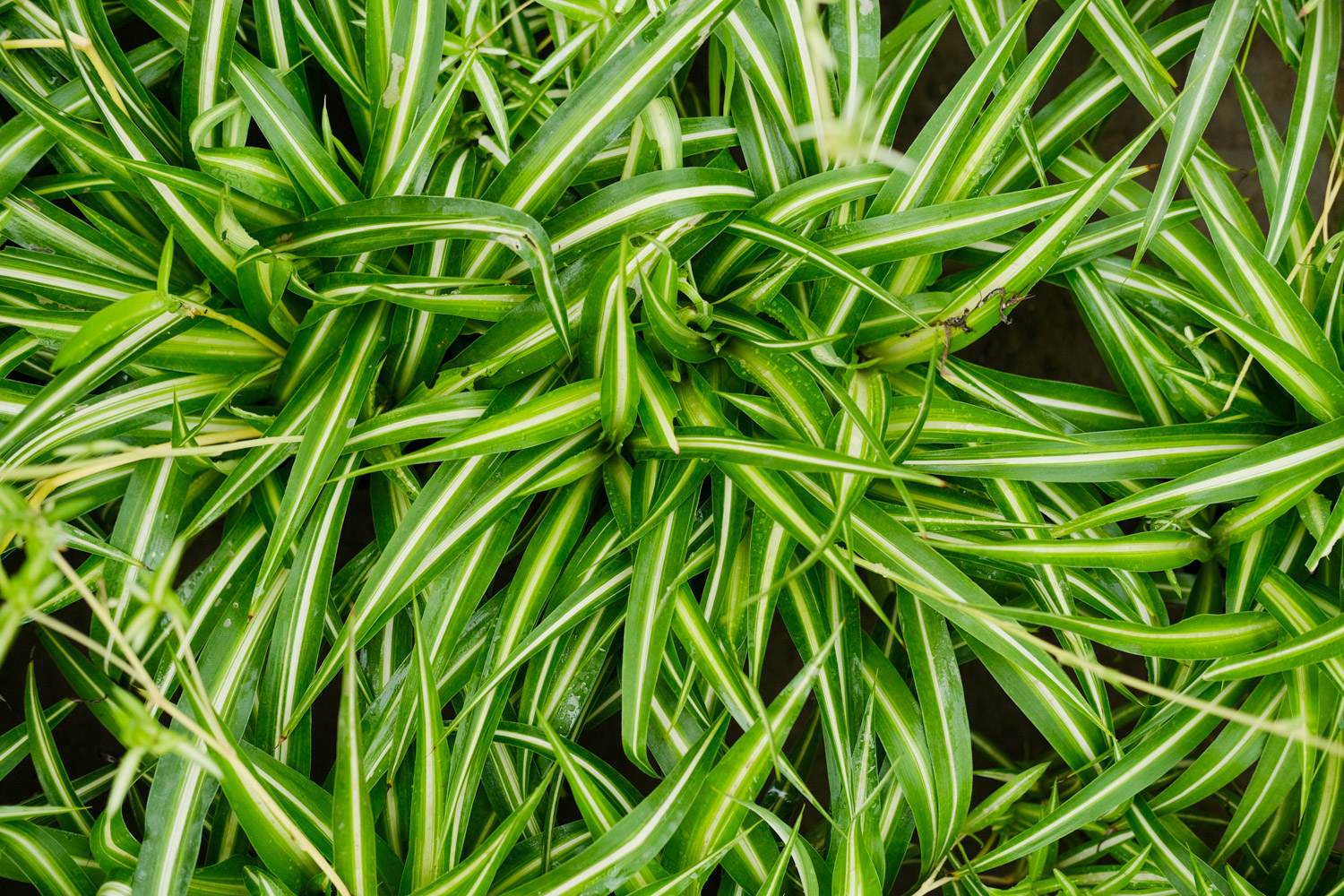
3、 Aphid
If infected with aphids, the whole plant will wilt and the leaves will turn yellow. When the number of pests is large, they will cover the leaf surface closely. It can be sprayed with imine sulfuric acid every 7-10 days, and the effect can be achieved two or three times in a row
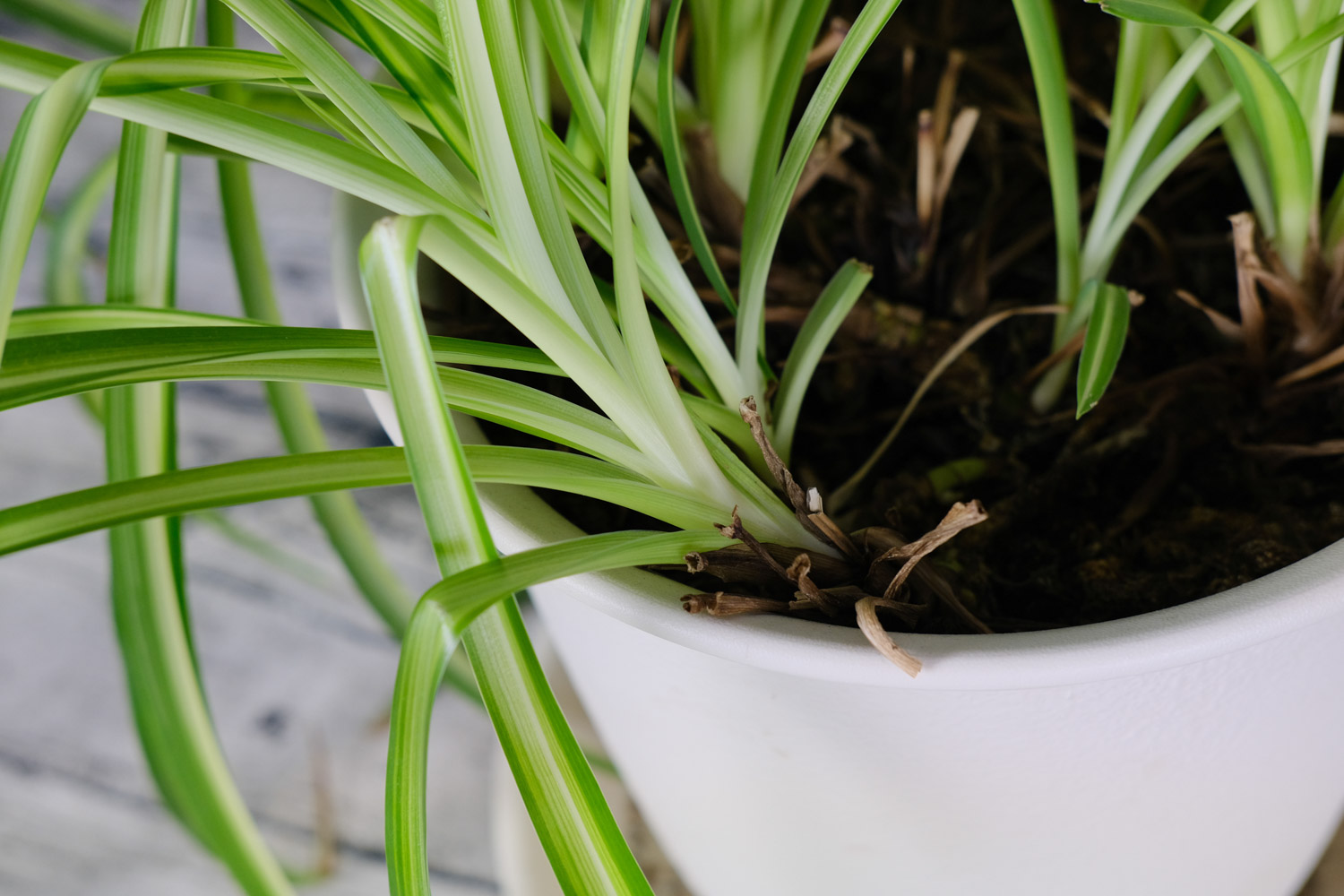
4、 Whitefly
If infected with whitefly, the leaves will wither and yellow, and the wound part is perishable. When the pest is serious, the whole plant may die. To spray Omethoate, dilute it into 1000 times solution with 40% concentration, or use dichlorvos EC. The effect is better. In addition, the diseased leaves should also be cut off and destroyed, so as to avoid further infection

 How to quickly remov...
How to quickly remov... What is xiaoheifei? ...
What is xiaoheifei? ... Effective methods of...
Effective methods of...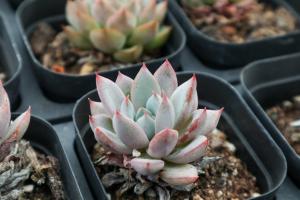 How to eliminate the...
How to eliminate the... What if there are an...
What if there are an...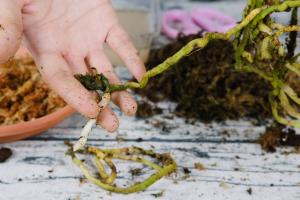 What's the use of bu...
What's the use of bu... Do tulips have insec...
Do tulips have insec...

























